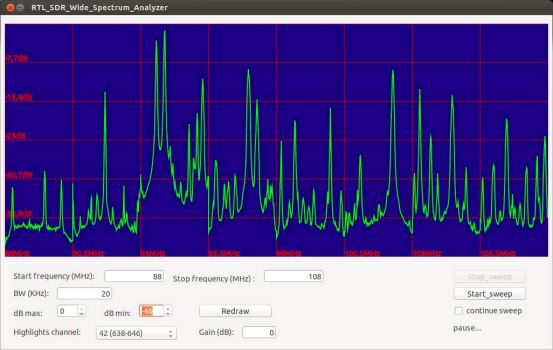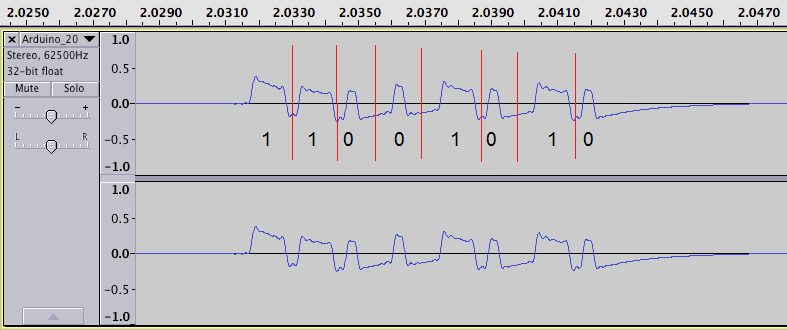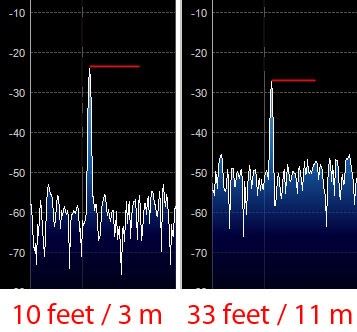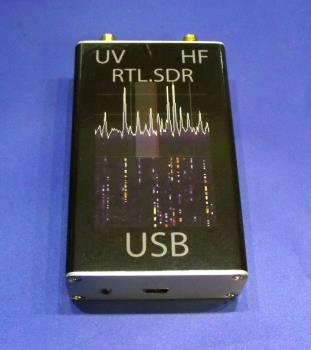Transmitting DAB with the HackRF
A RTL-SDR.com reader has written in to let us know about his project involving transmitting Digital Audio Broadcasting (DAB) using GNU Radio and the HackRF. DAB is a digital radio technology that is used to broadcast radio stations. He uses the CRC-DABMUX and CRC-DABMOD software to modulate an audio file into DAB and then uses a GNU Radio python script to write the modulated signal to the HackRF for transmitting.




